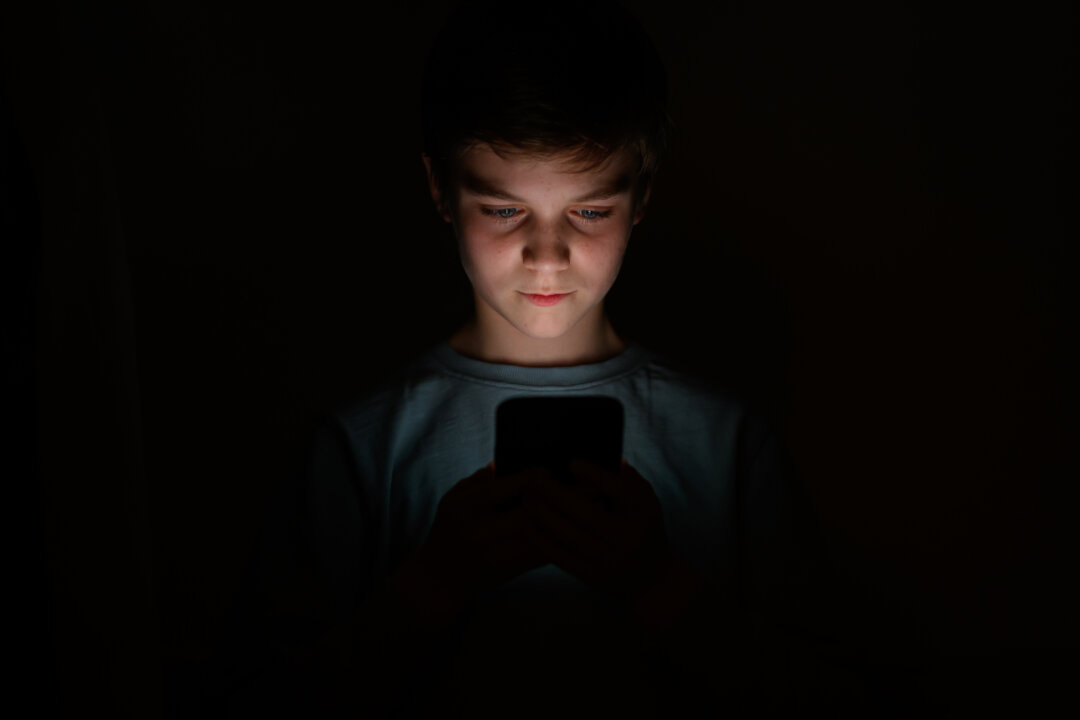Top Stories
Youth Screen Time Surges Beyond Recommended Limits, Report Reveals

A recent report from the Public Health Agency of Canada (PHAC) has revealed that an overwhelming majority of youth are exceeding the recommended daily screen time limits. According to findings published on July 23, 2023, between 89 and 96 percent of students in grades 6 to 10 are spending more than the advised two hours a day in front of screens. This data is part of the 2022 Health Behaviour in School-Aged Children (HBSC) study.
The report highlights significant trends in online behavior among younger populations. It indicates that 42 percent of boys and 54 percent of girls in grades 6 to 8 reported having online contact with close friends “almost all the time throughout the day.” This pattern is even more pronounced in higher grades, with 57 percent of boys and 73 percent of girls in grades 9 and 10 sharing similar experiences.
Implications of Increased Screen Time
The implications of these findings are concerning for parents, educators, and health professionals alike. As digital engagement rises, so does the potential for negative impacts on mental and physical health. Increased screen time has been linked to various issues, including reduced physical activity, sleep disturbances, and heightened risk of anxiety and depression among adolescents.
The PHAC emphasizes the importance of monitoring screen time and encourages families to establish guidelines that foster a healthy balance between digital interaction and other activities. With the digital landscape continuing to evolve, understanding these trends is crucial for promoting the well-being of young people.
Response from Experts
Experts in public health and child psychology have expressed alarm at the statistics, urging a concerted effort to address the issue. Dr. Sarah Thompson, a child psychologist, stated, “The data shows a concerning trend that could have long-term implications for youth development and mental health. It is vital that we encourage young people to engage in offline activities and foster in-person connections.”
The findings from the PHAC report serve as a critical reminder of the need for awareness around screen time and its effects on youth. As technology continues to permeate daily life, proactive measures are essential to ensure that young people can navigate their digital environments safely and healthily.
In summary, the evidence presented in this report underscores a pressing public health challenge. With the vast majority of youth exceeding daily screen time recommendations, stakeholders must work together to implement strategies that promote healthier habits and support the overall well-being of children and adolescents.
-

 Science3 months ago
Science3 months agoToyoake City Proposes Daily Two-Hour Smartphone Use Limit
-

 Top Stories3 months ago
Top Stories3 months agoPedestrian Fatally Injured in Esquimalt Collision on August 14
-

 Health3 months ago
Health3 months agoB.C. Review Reveals Urgent Need for Rare-Disease Drug Reforms
-

 Technology3 months ago
Technology3 months agoDark Adventure Game “Bye Sweet Carole” Set for October Release
-

 World3 months ago
World3 months agoJimmy Lai’s Defense Challenges Charges Under National Security Law
-

 Lifestyle3 months ago
Lifestyle3 months agoVictoria’s Pop-Up Shop Shines Light on B.C.’s Wolf Cull
-

 Technology3 months ago
Technology3 months agoKonami Revives Iconic Metal Gear Solid Delta Ahead of Release
-

 Technology3 months ago
Technology3 months agoApple Expands Self-Service Repair Program to Canada
-

 Technology3 months ago
Technology3 months agoSnapmaker U1 Color 3D Printer Redefines Speed and Sustainability
-

 Technology3 months ago
Technology3 months agoAION Folding Knife: Redefining EDC Design with Premium Materials
-

 Business3 months ago
Business3 months agoGordon Murray Automotive Unveils S1 LM and Le Mans GTR at Monterey
-

 Technology3 months ago
Technology3 months agoSolve Today’s Wordle Challenge: Hints and Answer for August 19









